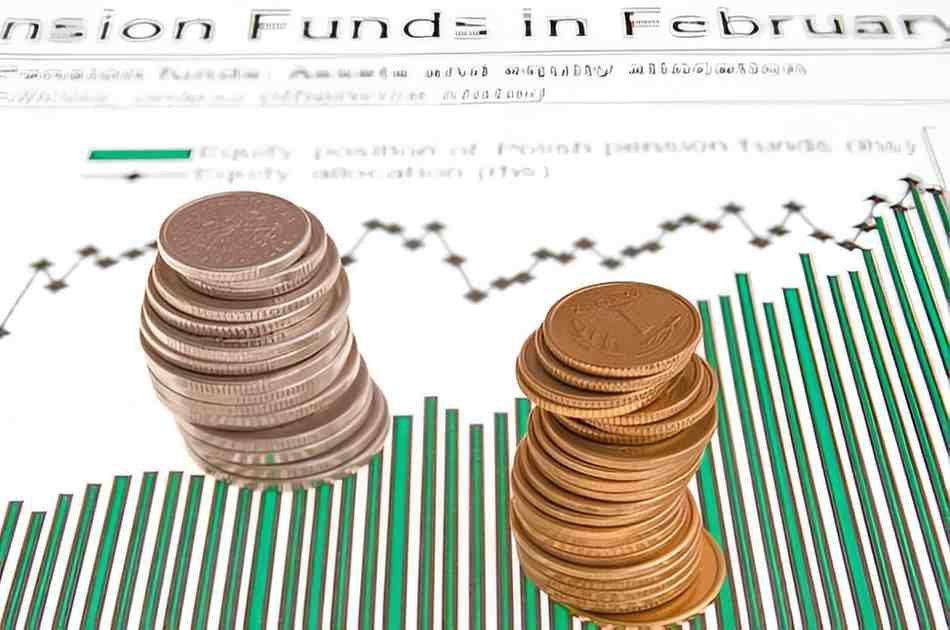When I’m building a portfolio designed to hold steady through economic ups and downs, one investment I trust is the 10-year Treasury bond mutual fund. These funds give me exposure to U.S. government debt with a maturity around ten years, offering a balance of yield, liquidity, and safety. For long-term investors who seek stability without giving up too much on return, this category delivers dependable income and a moderate hedge against stock market volatility.
Table of Contents
What Is a 10-Year Treasury Bond?
A 10-year Treasury bond is a fixed-income security issued by the U.S. Department of the Treasury. It pays interest every six months and returns the principal after ten years. These are considered virtually risk-free because they are backed by the full faith and credit of the U.S. government.
For mutual funds, the “10-year” designation often refers to the average maturity or duration of the holdings. Most 10-year Treasury bond funds hold a mix of intermediate to long-term U.S. Treasuries centered around the 7–10-year range.
Why I Choose 10-Year Treasury Bond Funds
I prefer 10-year Treasury bond mutual funds for several reasons:
- Capital Preservation: Government bonds carry no default risk.
- Predictable Income: Semiannual interest payments provide consistent cash flow.
- Low Correlation to Stocks: Helps stabilize overall portfolio performance.
- Moderate Duration Risk: Less volatile than long-term bonds, more yield than short-term.
When inflation expectations are stable and the yield curve is upward sloping, 10-year Treasuries often hit the sweet spot for risk-adjusted return.
Interest Rate Sensitivity and Duration
Duration measures how much the bond fund’s value changes when interest rates shift. A 10-year Treasury bond fund generally has a duration of 8 to 9 years. This means:
\Delta P \approx -D \times \Delta yIf interest rates rise by 1%:
\Delta P \approx -9 \times 0.01 = -0.09 = -9%So, a 1% jump in interest rates could reduce a fund’s price by around 9%. That’s a risk I monitor, but it also means I could benefit if rates fall.
10-Year Treasury Bond Mutual Fund Examples
Here are some of the most reputable mutual funds and ETFs that focus on 10-year Treasury exposure. I include duration, yield, expense ratio, and style for comparison.
| Fund Name | Ticker | Avg Duration | SEC Yield | Expense Ratio | Fund Type |
|---|---|---|---|---|---|
| Vanguard Intermediate-Term Treasury | VFITX | 6.4 years | 4.2% | 0.20% | Mutual Fund |
| iShares 7-10 Year Treasury Bond ETF | IEF | 7.5 years | 4.3% | 0.15% | ETF |
| Schwab Intermediate-Term U.S. Treasury ETF | SCHR | 6.0 years | 4.2% | 0.03% | ETF |
| Fidelity Intermediate Treasury Bond | FIBIX | 6.6 years | 4.1% | 0.45% | Mutual Fund |
| SPDR Portfolio Intermediate Treasury | SPTI | 6.8 years | 4.3% | 0.06% | ETF |
| American Century Government Bond | CPTNX | 6.1 years | 4.0% | 0.47% | Mutual Fund |
| TIAA-CREF Bond Index Institutional | TBIIX | 6.7 years | 4.1% | 0.11% | Mutual Fund |
| JPMorgan Intermediate Government Bond | OGVAX | 6.3 years | 4.0% | 0.55% | Mutual Fund |
| State Street Intermediate Treasury | GOVI | 7.0 years | 4.2% | 0.06% | ETF |
| Baird Intermediate Treasury | BITIX | 6.5 years | 4.1% | 0.30% | Mutual Fund |
These funds hold U.S. Treasuries maturing primarily in 7–10 years, making them strong candidates for investors like me who want mid-duration bond exposure.
Comparing Performance and Volatility
I want my bond investments to be stable but still perform. Let’s compare returns and volatility over the past 10 years for some top funds.
| Fund | 10-Yr Avg Return | 10-Yr Std Dev | Max Drawdown |
|---|---|---|---|
| VFITX | 2.6% | 4.3% | -6.4% |
| IEF | 2.8% | 4.5% | -6.8% |
| SCHR | 2.9% | 4.1% | -6.0% |
| FIBIX | 2.5% | 4.4% | -7.1% |
Note: These figures include the low-interest period post-2008 and the 2022 bond selloff. Future returns could be higher if interest rates stabilize or fall.
How I Use These Funds in My Portfolio
I typically allocate 20–30% of my portfolio to intermediate-duration Treasury funds when I want to:
- Reduce portfolio volatility
- Generate tax-efficient income
- Hedge against deflation or economic slowdown
They complement equities and are less volatile than long bonds, making them suitable for conservative investors or retirees.
Example: Compound Growth Over 10 Years
Let’s say I invest $10,000 in a Treasury bond fund with an annualized return of 4.2%.
10,000 \times (1.042)^{10} \approx 15,100That means I could expect to have about $15,100 after 10 years, assuming reinvested dividends and stable interest rates.
Tax Considerations
Interest from Treasury bonds is subject to federal income tax but exempt from state and local taxes. This makes them especially attractive for high-income investors in high-tax states like California or New York.
Risks to Watch
Although I consider these funds low-risk, they’re not risk-free. Here’s what I monitor:
- Interest Rate Risk: Rising rates can cause NAV to fall.
- Inflation Risk: If inflation outpaces yields, real returns shrink.
- Opportunity Cost: Other bonds (corporates, municipals) may yield more with higher risk.
Conclusion
10-year Treasury bond mutual funds offer a reliable, relatively low-risk way to earn income and preserve capital. Whether I’m in accumulation mode or thinking about retirement, I use them to anchor my portfolio. They’re especially useful when markets are volatile and economic uncertainty is high.





